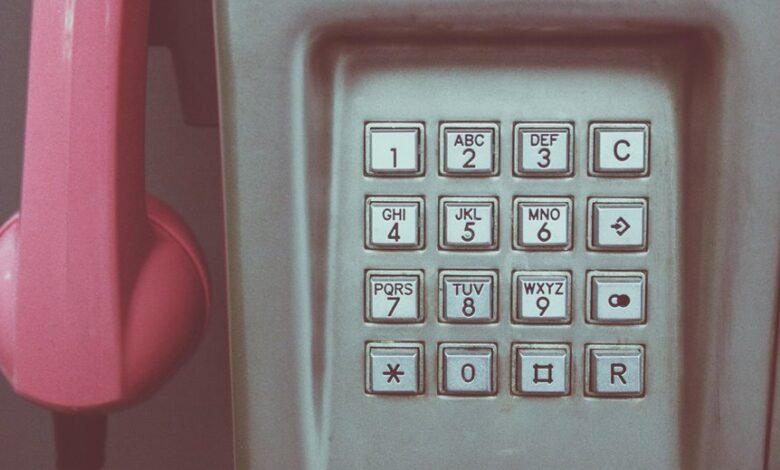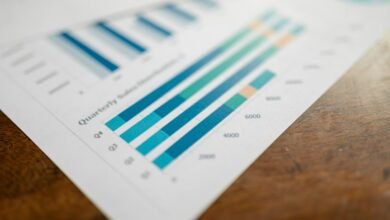Trace Calls Originating From 8152703126, 5166448345, 5395491671, 9152776205, 7783274160, 5123992821

Tracing calls from numbers like 8152703126, 5166448345, and others presents a critical challenge in today’s communication landscape. These numbers often correlate with potential scams or telemarketing efforts. By understanding the mechanisms behind caller ID and analyzing call patterns, individuals can better protect themselves. Engaging with advanced verification tools and reporting suspicious calls is essential. However, the question remains: what strategies can effectively mitigate these unwanted disturbances and enhance personal security?
Understanding the Caller ID Landscape
Although many individuals rely on caller ID for identifying incoming calls, the technology behind it is often misunderstood.
Caller ID technology transmits information through signaling protocols, yet its integrity is compromised by call spoofing, where malicious users manipulate caller information.
This manipulation undermines trust in the system, highlighting the need for robust verification methods to ensure caller authenticity and protect individual freedom from deceptive practices.
Analyzing the Patterns of Unwanted Calls
The prevalence of unwanted calls has become a significant concern for many individuals, often exacerbated by the vulnerabilities in caller ID technology.
Analysis reveals distinct patterns in call frequency and caller behavior, highlighting a surge in automated dialing systems and spoofed numbers.
These trends underscore the need for enhanced awareness and tools to combat the relentless intrusion of unsolicited communication into personal lives.
Protecting Yourself From Telemarketing and Scams
Implementing effective strategies is essential for individuals aiming to protect themselves from telemarketing and scams.
Utilizing advanced blocking techniques, such as call filters and do-not-disturb settings, significantly reduces unwanted interruptions.
Additionally, actively reporting scams to appropriate authorities enhances collective awareness and aids in tracking fraudulent activities.
Conclusion
In the digital age, phone numbers serve as both a lifeline and a potential snare, akin to a double-edged sword. As individuals navigate the intricate web of communication, recognizing and tracing suspicious calls becomes essential for safeguarding personal integrity. By harnessing technology and community vigilance, one can transform the chaotic noise of unwanted calls into a symphony of informed choices, ultimately turning the tide against deception and fostering a landscape of trust and security.





